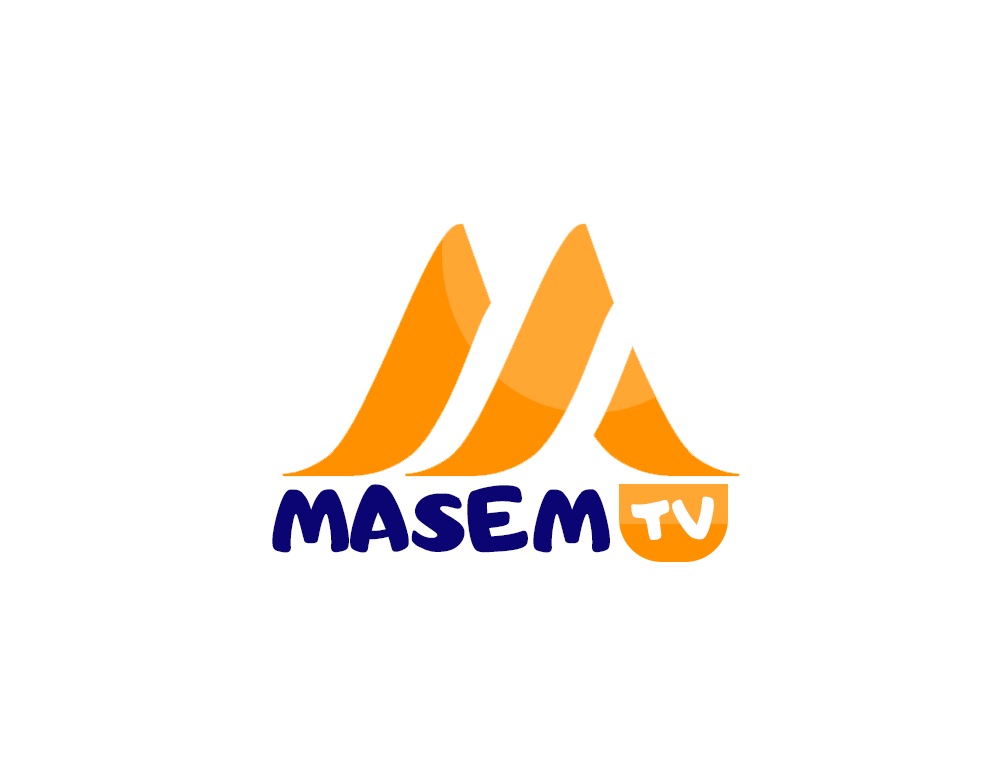At the 3rd Annual Transformation Dialogue on Small-Scale Mining held in Sunyani, John Mahama, leader of the National Democratic Congress (NDC) and incoming President of the Republic, addressed the critical issue of illegal mining, commonly known as galamsey, and its devastating impact on Ghana’s environment and economy. Mahama outlined a comprehensive vision for rehabilitating areas affected by galamsey, transforming them into productive zones for commercial crops.
The Galamsey Crisis
Ghana, endowed with rich natural resources including gold, has faced significant challenges due to illegal mining. Galamsey has led to the pollution of rivers and lands, deforestation, and the degradation of fertile areas, leaving communities without clean water and arable land. Mahama emphasized the urgent need to address these issues to prevent further environmental destruction and economic loss.
Vision for Sustainable Mining
Mahama’s speech highlighted a multi-faceted approach to curbing illegal mining and promoting sustainable practices within the small-scale mining sector. He called for stricter enforcement of mining laws, investment in responsible mining technologies, and the education and empowerment of small-scale miners to adopt sustainable practices. Central to his vision is the preservation of the environment and the protection of natural resources for future generations.
Galamsey Rehabilitation Initiative
A key proposal in Mahama’s speech is the Galamsey Rehabilitation Initiative, aimed at converting lands devastated by illegal mining into zones for commercial crop production, such as palm oil and rubber plantations. This initiative will be funded through special fees from the Minerals Commission, contributions by the Small-Scale Mining Association, and investments from interested plantation companies.
This initiative is part of a broader strategy to rehabilitate degraded lands, restore impacted forests, and clean polluted water bodies. Mahama announced the establishment of a National Joint Action Team on Mining and Forestry, a collaboration between the Forestry Commission, the private sector, and small-scale mining operators. This team will focus on rehabilitating impacted forests, creating thousands of jobs in affected mining communities.
Integrating Technology and Community Involvement
Mahama stressed the importance of integrating technological innovations to monitor and regulate small-scale mining operations. The use of AI to track excavators and geo-fence mining concessions will help ensure that mining activities are confined to approved areas, reducing environmental impact.
Furthermore, Mahama proposed the formation of mining cooperatives, allowing community members to organize and receive necessary governmental support to mine efficiently and sustainably. This approach aims to foster a collaborative effort between miners, environmental groups, local communities, and the government.
Economic and Environmental Benefits
The conversion of impacted lands into commercial crop production zones is expected to yield significant economic benefits. By promoting sustainable agricultural practices, the initiative will create employment opportunities and enhance local economies. Additionally, the reforestation efforts under the #Atree4life project will engage young people in economically viable activities, contributing to environmental restoration and community development.
Conclusion
John Mahama’s address at the 3rd Annual Transformation Dialogue on Small-Scale Mining presented a forward-thinking plan to tackle the pressing issue of galamsey. By transforming devastated lands into productive agricultural zones, investing in sustainable mining practices, and fostering community involvement, Mahama’s vision aims to create a balanced approach that benefits both the economy and the environment. His commitment to building a sustainable, responsible, and prosperous small-scale mining sector in Ghana marks a significant step towards achieving lasting solutions to the challenges posed by illegal mining.

